It Ends With Us: A Comprehensive Review Outline
Related Articles: It Ends With Us: A Comprehensive Review Outline
Introduction
In this auspicious occasion, we are delighted to delve into the intriguing topic related to It Ends With Us: A Comprehensive Review Outline. Let’s weave interesting information and offer fresh perspectives to the readers.
Table of Content
It Ends With Us: A Comprehensive Review Outline

Colleen Hoover’s It Ends With Us has captivated readers worldwide with its poignant exploration of love, trauma, and the complexities of relationships. This book review outline provides a structured approach to analyzing the novel’s themes, characters, and narrative techniques.
I. Introduction
- Briefly introduce It Ends With Us and its author, Colleen Hoover.
- Highlight the novel’s popularity and its resonance with readers.
- State the purpose of the review: to provide a comprehensive analysis of the book’s strengths and weaknesses.
II. Plot Summary
- Provide a concise overview of the main plot points, avoiding spoilers.
- Introduce the main characters: Lily Bloom, Ryle Kincaid, and Atlas Corrigan.
- Briefly describe the key conflicts and events that drive the narrative.
III. Character Analysis
-
Lily Bloom:
- Analyze her vulnerabilities, strengths, and motivations.
- Discuss her journey of self-discovery and healing.
- Examine her complex relationships with Ryle and Atlas.
-
Ryle Kincaid:
- Explore his character flaws and the impact of his past trauma.
- Analyze his love for Lily and his struggles with anger and control.
- Discuss his potential for redemption or whether he remains irredeemable.
-
Atlas Corrigan:
- Analyze his kind and supportive nature.
- Discuss his unwavering love for Lily and his loyalty to her.
- Examine his role in Lily’s healing process and the complexities of his own past.
IV. Themes and Motifs
-
Love and Relationships:
- Explore the different types of love depicted in the novel: romantic love, familial love, and self-love.
- Discuss the complexities of healthy and unhealthy relationships.
- Analyze the impact of past trauma on present relationships.
-
Domestic Violence and Abuse:
- Examine the realistic portrayal of domestic violence and its devastating consequences.
- Discuss the cycle of abuse and the challenges of escaping an abusive relationship.
- Analyze the societal factors that contribute to the prevalence of domestic violence.
-
Trauma and Healing:
- Explore the long-term effects of childhood trauma on characters’ lives.
- Discuss the process of healing from trauma and the importance of seeking support.
- Analyze the role of forgiveness and self-compassion in the healing process.
-
Second Chances and Redemption:
- Examine the characters’ journeys toward self-acceptance and redemption.
- Discuss the possibility of finding happiness and love after experiencing trauma.
- Analyze the complexities of forgiveness and moving on from past hurts.
V. Narrative Techniques
-
First-Person Perspective:
- Analyze the impact of the narrative being told from Lily’s point of view.
- Discuss the benefits and limitations of this perspective.
- Examine how the first-person narration allows readers to connect with Lily’s emotions and experiences.
-
Non-Linear Timeline:
- Analyze the use of flashbacks and the impact on the narrative structure.
- Discuss how the non-linear timeline contributes to the novel’s suspense and emotional depth.
- Examine how the flashbacks provide context for the present events and reveal important character motivations.
-
Use of Symbolism and Imagery:
- Analyze the use of symbolism, such as the color blue, the storm, and the lighthouse.
- Discuss how imagery contributes to the novel’s emotional impact and thematic depth.
- Examine how the use of symbolism enhances the reader’s understanding of the characters and their struggles.
VI. Strengths and Weaknesses
-
Strengths:
- Discuss the novel’s compelling characters and their complex relationships.
- Analyze the emotional impact of the story and its ability to resonate with readers.
- Highlight the novel’s realistic portrayal of trauma, abuse, and the healing process.
-
Weaknesses:
- Address any potential plot holes or inconsistencies in the narrative.
- Analyze whether the character development feels believable and relatable.
- Discuss any instances where the writing style might feel overly sentimental or melodramatic.
VII. Conclusion
- Summarize the main points of the review.
- Provide a final assessment of the novel’s overall effectiveness.
- Discuss the lasting impact of It Ends With Us on readers and its relevance to contemporary issues.
VIII. Related Searches
- Colleen Hoover Books: Explore other popular novels by Colleen Hoover and their themes.
- Domestic Violence Awareness: Discuss resources and organizations dedicated to raising awareness about domestic violence.
- Trauma and Healing: Analyze the process of healing from trauma and available support systems.
- Second Chance Romance: Examine the popularity of second chance romance novels and their appeal to readers.
- Emotional Books: Discuss other books that explore complex emotions and relationships.
- Book Reviews: Provide a list of reputable sources for book reviews and literary analysis.
- Bestselling Novels: Explore the current trends in bestselling novels and their impact on popular culture.
- Literary Analysis: Discuss the techniques and approaches used in literary analysis.
IX. FAQs
-
Is It Ends With Us a true story?
- While the novel is fictional, it draws inspiration from real-life experiences and addresses important social issues.
-
What are the main themes of the book?
- The main themes include love, trauma, abuse, healing, and second chances.
-
Is It Ends With Us a romance novel?
- The novel is classified as a contemporary romance, but it also explores darker themes and tackles sensitive subjects.
-
Is It Ends With Us a good book for young adults?
- Due to its mature themes and sensitive content, it is not recommended for younger readers.
-
What is the ending of It Ends With Us?
- The ending is bittersweet and leaves readers with a sense of hope and closure.
X. Tips
- Read the book carefully and take notes on key events, characters, and themes.
- Consider the context of the novel’s publication and its relevance to contemporary issues.
- Explore the author’s background and influences on their writing.
- Compare and contrast It Ends With Us with other novels that address similar themes.
- Engage with other readers’ interpretations and perspectives on the book.
XI. Conclusion
It Ends With Us is a powerful and emotionally charged novel that tackles difficult themes with sensitivity and honesty. It explores the complexities of love, trauma, and abuse, offering readers a glimpse into the struggles of finding healing and redemption. Colleen Hoover’s compelling characters and immersive storytelling make It Ends With Us a thought-provoking and unforgettable read. While the novel’s content may be challenging for some readers, its exploration of important social issues and its message of hope and resilience make it a valuable contribution to contemporary literature.
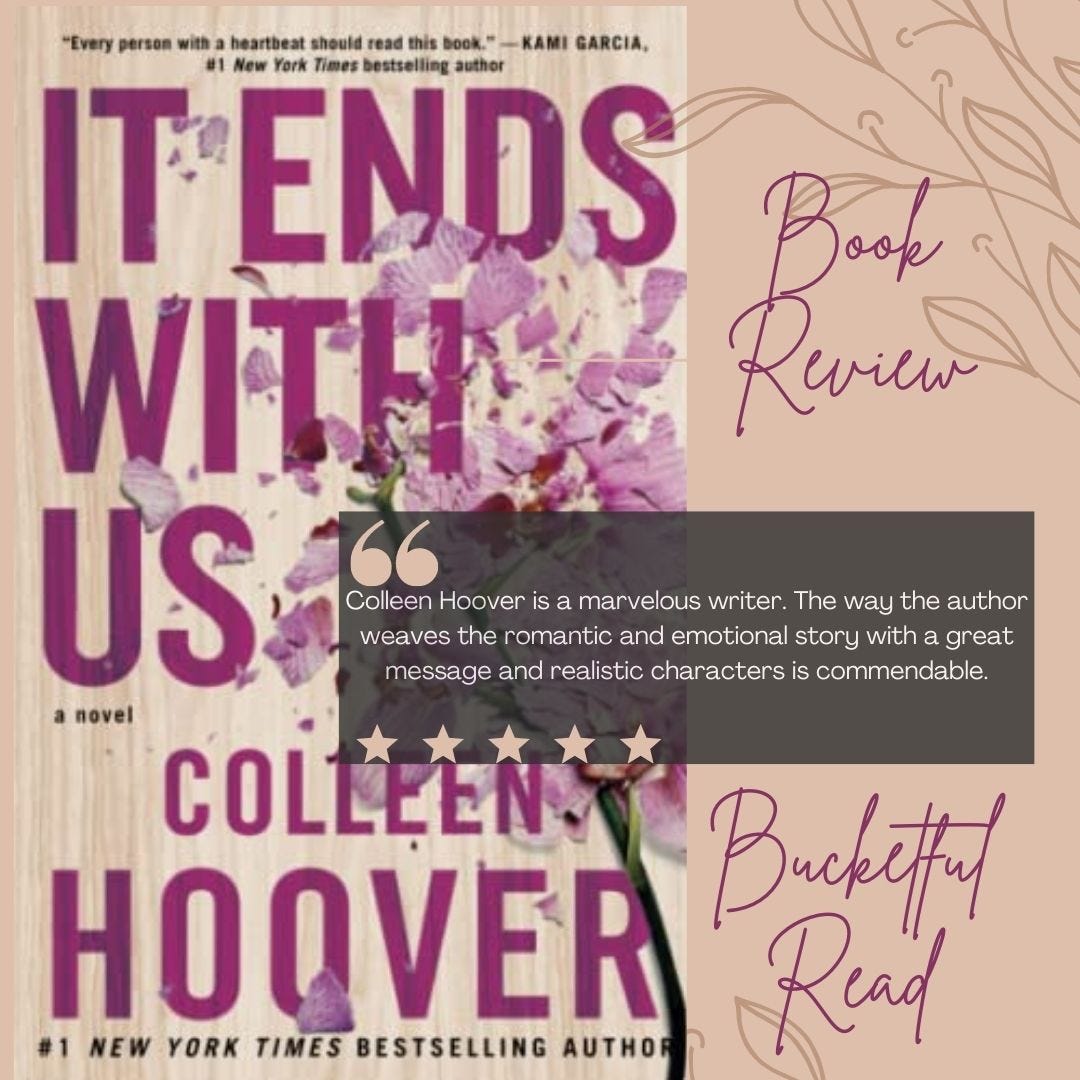
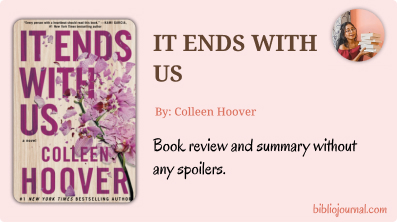
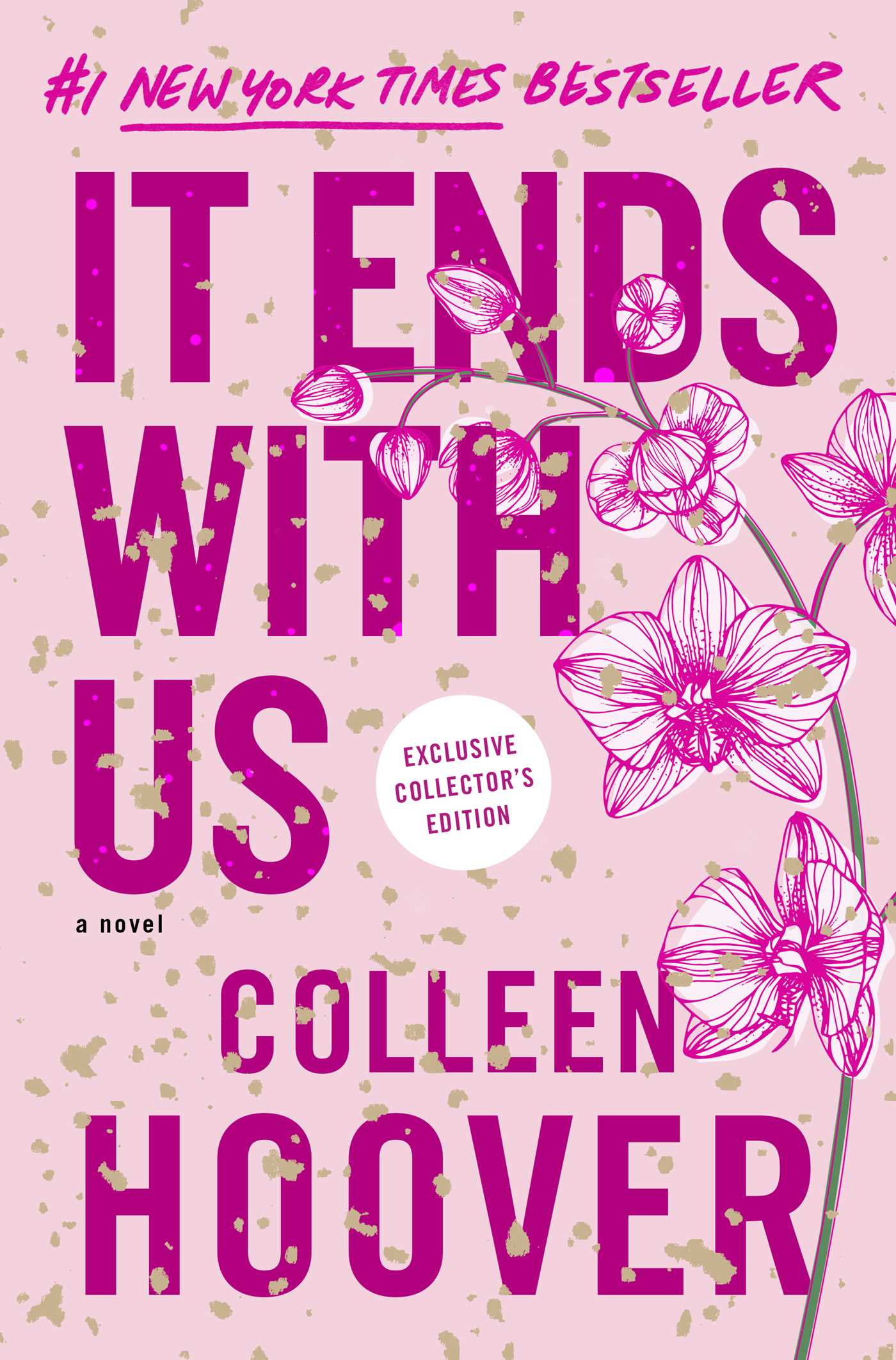
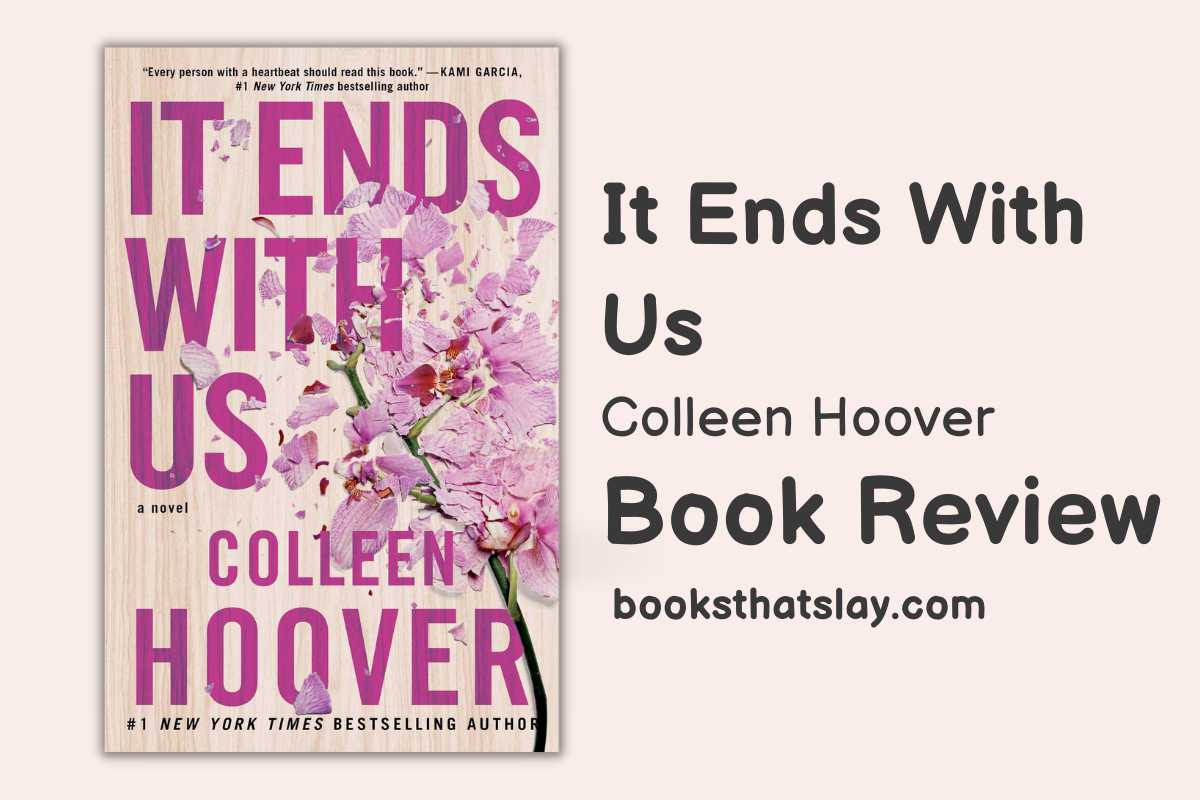
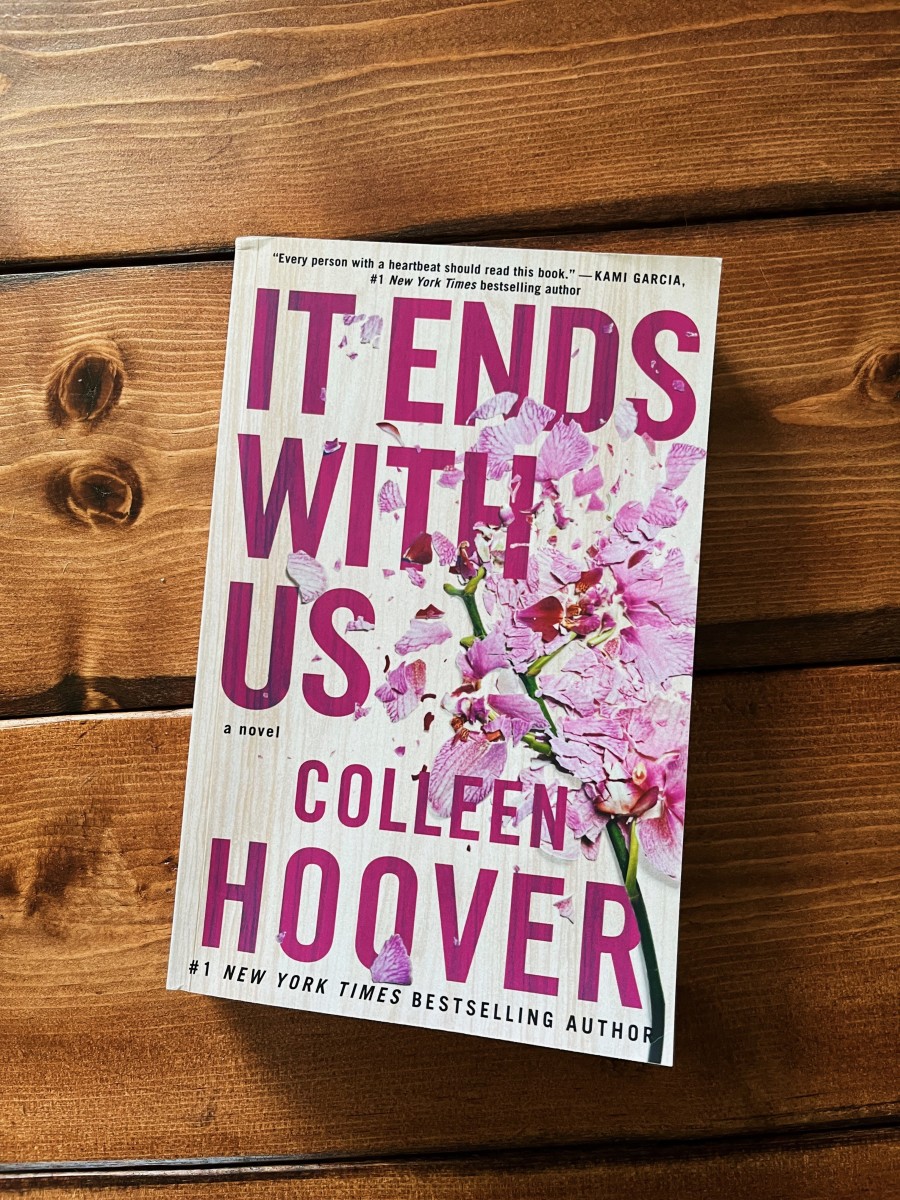

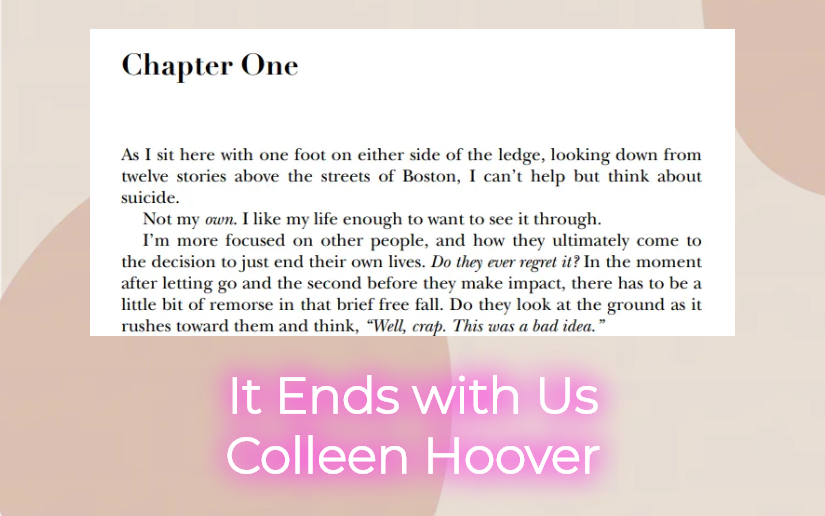
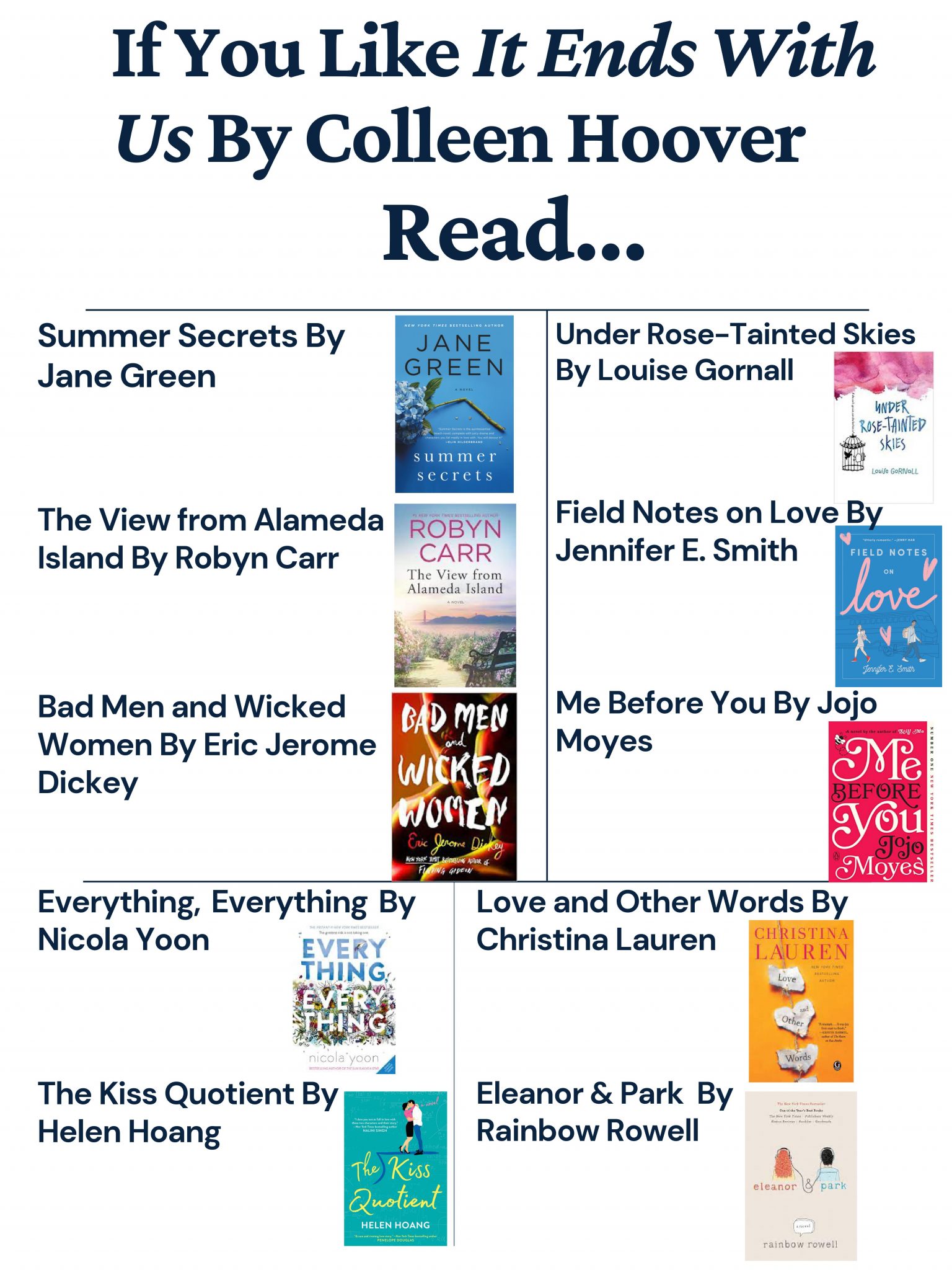
Closure
Thus, we hope this article has provided valuable insights into It Ends With Us: A Comprehensive Review Outline. We appreciate your attention to our article. See you in our next article!